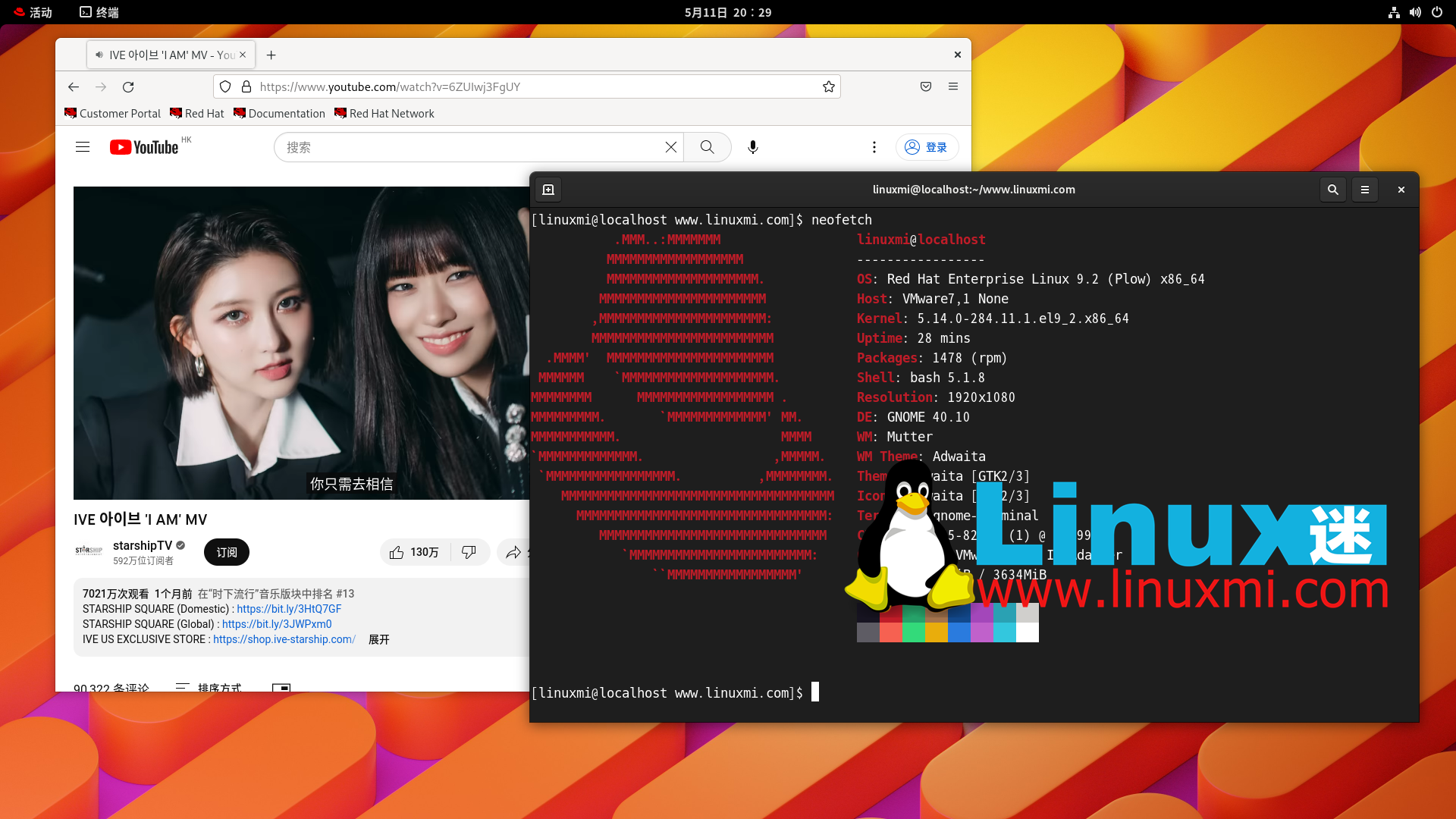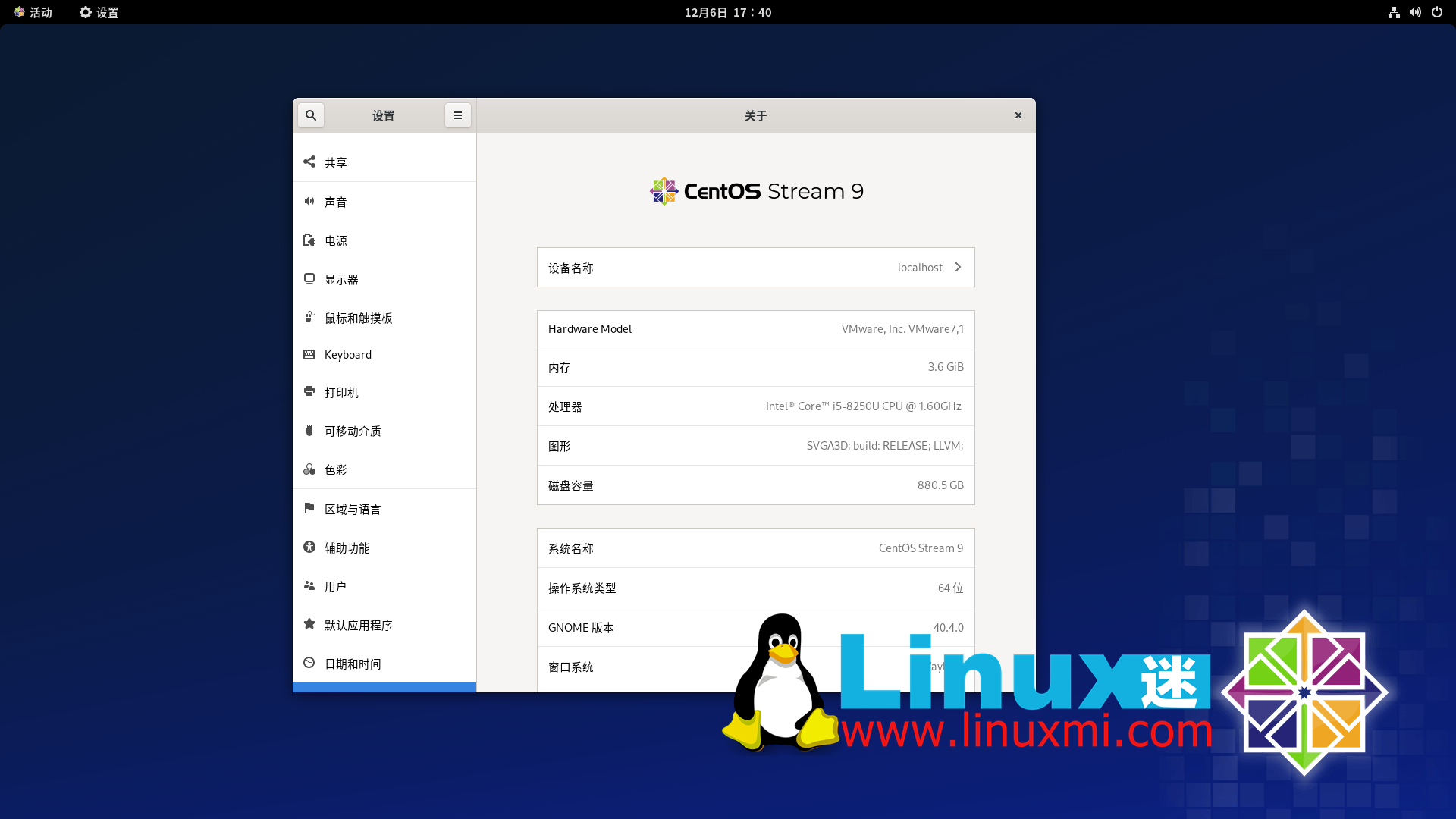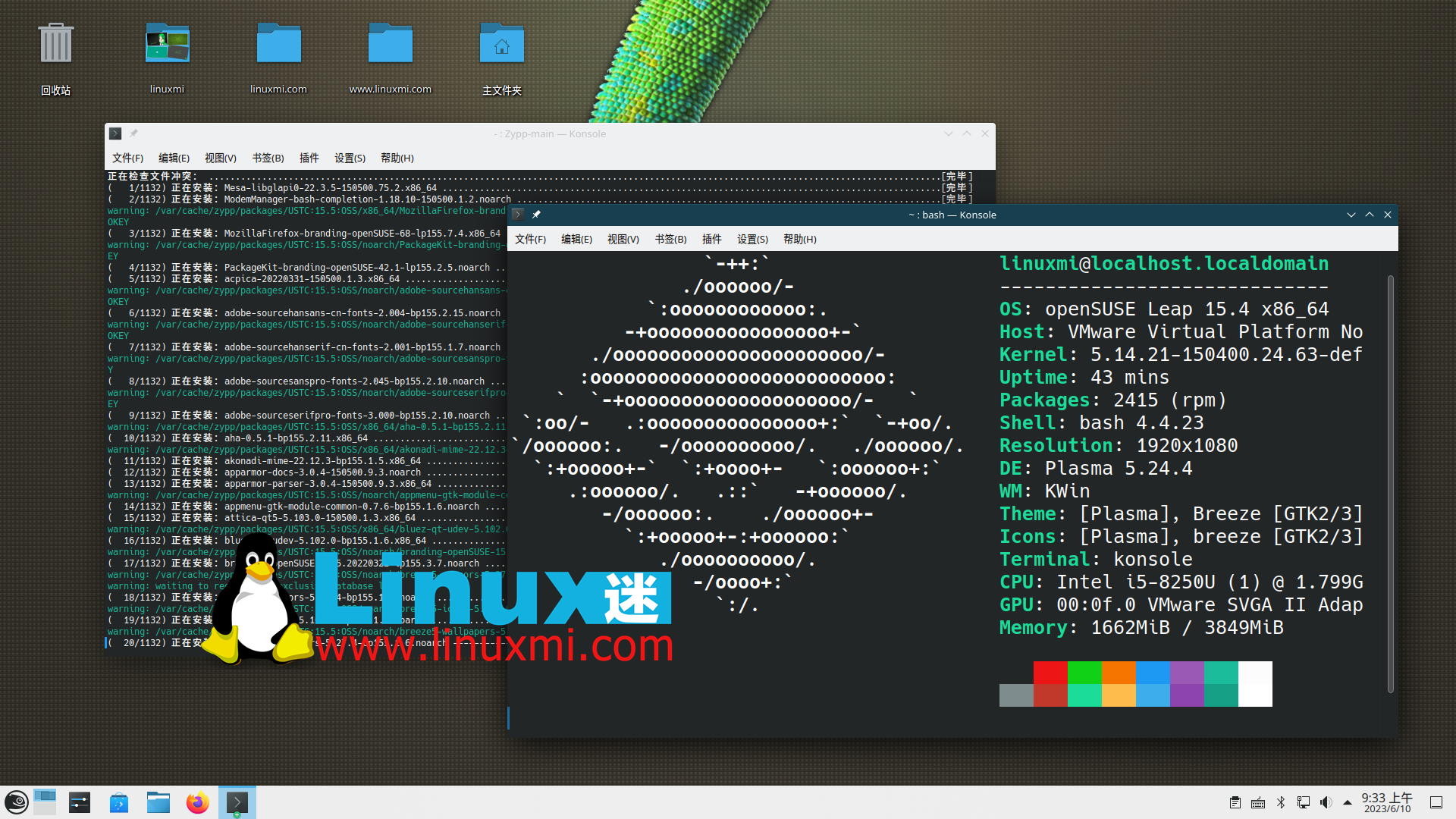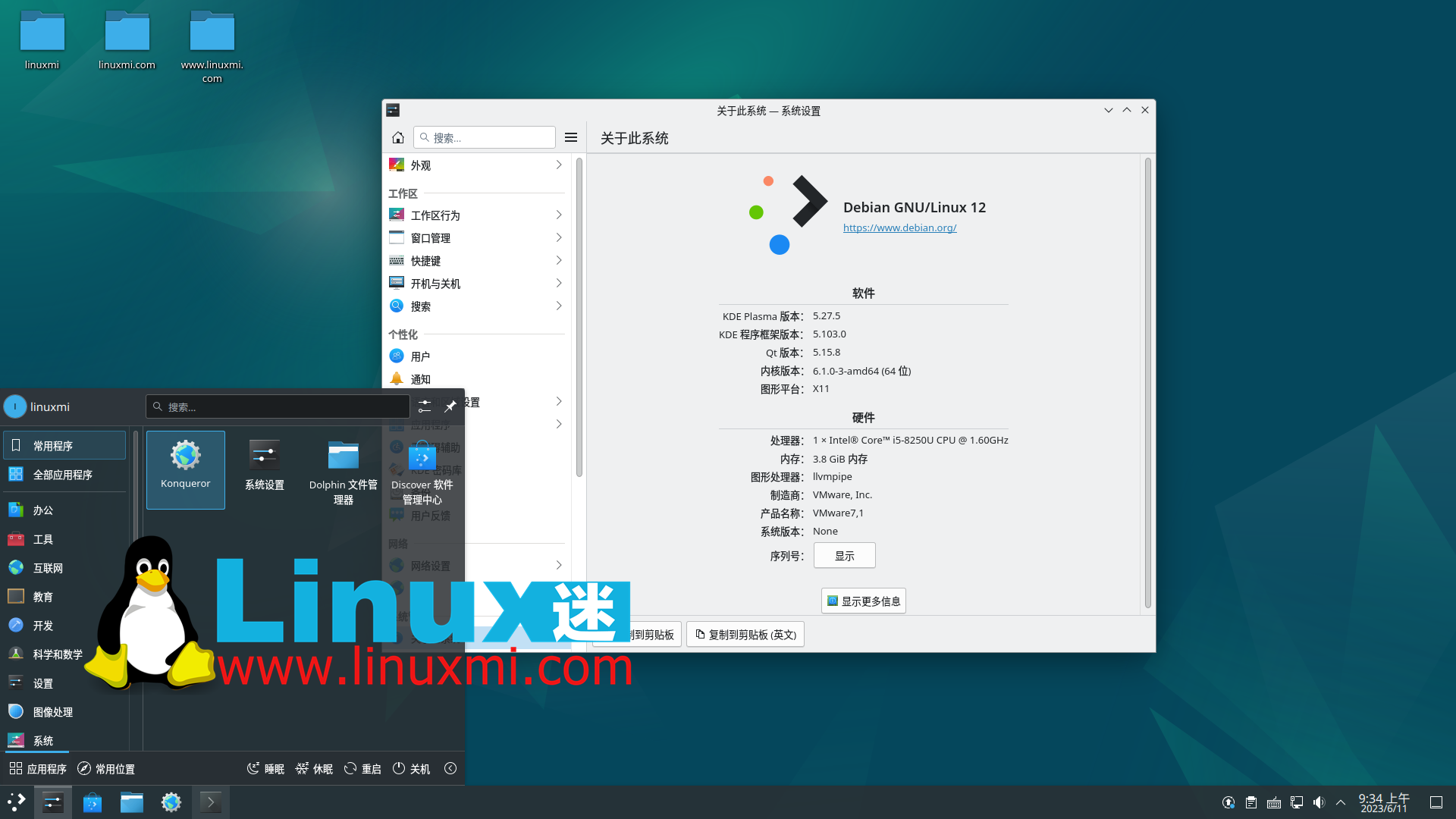Six great Linux distributions for network engineers
As a network engineer, you are not alone when considering installing Linux for your job, as Linux is a common operating system of choice for them.
When you are a network engineer, you want to know which distribution provides the best functionality for your work. Here are the 6 best Linux distributions for network engineers:

1, Fedora

Among the many Linux distributions, Fedora is one of the most respected among network engineers, and the reason is simple.
Fedora is an open source distribution of RHEL Community Edition. RHEL itself is often chosen as the operating system for enterprise-level systems. Therefore, by using Fedora, network engineers will become more familiar with using RHEL systems throughout their careers.
Fedora also provides users with an incredible library of open source tools, built-in support for containerized applications, and always access to the latest features and software.
Download: Fedora (Free)
Related: Fedora Linux 38 Release https://www.linuxmi.com/fedora-linux-38.html
2. RHEL

RHEL is a popular enterprise distribution because of its stability and enhanced features, making it a wise choice. Each RHEL version has a 10-year lifecycle, which means you can use the RHEL version of your choice for many years with virtually no compatibility issues.
By using RHEL, you will also become familiar with many systems you may encounter at work.
RHEL has many of the same benefits that appeal to enterprise solutions and are equally attractive to independent users.
Because RHEL comes pre-loaded with the SELinux security module, you can start managing access control and system policies immediately. You can also use the RPM and YUM package managers to get tools like Cacti and Snort.
Download: RHEL (Free for developers; annual fee $179)
Related: Red Hat Enterprise Linux 9.2 released https://www.linuxmi.com/red -hat-enterprise-linux-9-2.html
3, CentOS Stream

CentOS Stream maintains a consistent distribution method with RHEL, similar to Fedora . It serves as an upstream version of RHEL, meaning content in the latest version of CentOS Stream may appear in the next version of RHEL.
While CentOS Stream may not have the stability of Fedora, its attractive inclusion of the latest software makes it worth considering.
Due to Red Hat's decision to close public access to RHEL source code, CentOS Stream has a unique advantage among RHEL downstream releases: it will continue to be consistent with the latest experimental changes being considered for the next release of RHEL .
In the future, CentOS Stream is likely to be the best choice for those looking for a RHEL-related distribution.
Download: CentOS Stream (Free)
Related: Community enterprise-level operating system CentOS Stream 9 https://www.linuxmi.com/centos-stream- 9.html
4、openSUSE

OpenSUSE is another robust and dependable option for network engineers. openSUSE's impressive stability and frequent new version releases make it a good choice if you like to avoid broken packages but want to take advantage of the latest software releases.
Out of the box, with YaST (Yet another Setup Tool), you won’t have any problems configuring basic network settings. openSUSE comes pre-installed with many packages that provide you with incredible utilities.
For example, Wicked is a powerful network configuration framework, and Samba is perfect for file sharing between Linux and Windows systems. With openSUSE's Zypper package manager, you'll be able to easily find and install the right tools for the job without any worries.
Download: openSUSE (Free)
Related: openSUSE Leap 15.5 has been released https://www.linuxmi.com/opensuse-leap-15-5.html
5、Debian

Debian is renowned in the well-known Linux distributions for its exceptional stability and high performance.. Debian offers several forks, including Debian Stable (extremely secure and focused on stability) and Debian Unstable (more prone to problems but offering the latest cutting-edge software releases).
One of the biggest advantages of using Debian for network engineering is that it has an incredibly package-rich repository of over 59,000 different packages.
If you are interested in trying out the latest professional and experimental tools in the field of networking and network security, installing Debian will provide you with full access.
Download: Debian (Free)
Related: Debian 12 Now Released https://www.linuxmi.com/debian-12.html
6. Kali Linux

Kali Linux is a distribution designed specifically for penetration testing and has many built-in tools that are very useful for network engineers. Wireshark can provide fascinating information about the packets moving on the network, Nmap can provide useful clues about network security, and SmokePing provides interesting visualizations of network latency. Not all the software that comes pre-installed with Kali Linux will be useful to network engineers, but luckily, new Kali installations are fully customizable. In order to avoid installing useless packages and keep your Kali system clean, you should plan in advance which packages you will use.
Download: Kali Linux (Free)
Related: Kali Linux 2023.2 Release https://www.linuxmi.com/kali-linux-2023-2.html
Get familiar with your new networking distribution
While some Linux distributions are better suited for network engineers, almost any Linux distribution can be used with the right software and configuration.
To avoid future difficulties, you should test using software like Nmap on new Linux distributions and become familiar with networking. This way, you avoid facing obstacles due to a lack of familiarity.
The above is the detailed content of Six great Linux distributions for network engineers. For more information, please follow other related articles on the PHP Chinese website!

Hot AI Tools

Undresser.AI Undress
AI-powered app for creating realistic nude photos

AI Clothes Remover
Online AI tool for removing clothes from photos.

Undress AI Tool
Undress images for free

Clothoff.io
AI clothes remover

AI Hentai Generator
Generate AI Hentai for free.

Hot Article

Hot Tools

Notepad++7.3.1
Easy-to-use and free code editor

SublimeText3 Chinese version
Chinese version, very easy to use

Zend Studio 13.0.1
Powerful PHP integrated development environment

Dreamweaver CS6
Visual web development tools

SublimeText3 Mac version
God-level code editing software (SublimeText3)

Hot Topics
 1378
1378
 52
52
 Difference between centos and ubuntu
Apr 14, 2025 pm 09:09 PM
Difference between centos and ubuntu
Apr 14, 2025 pm 09:09 PM
The key differences between CentOS and Ubuntu are: origin (CentOS originates from Red Hat, for enterprises; Ubuntu originates from Debian, for individuals), package management (CentOS uses yum, focusing on stability; Ubuntu uses apt, for high update frequency), support cycle (CentOS provides 10 years of support, Ubuntu provides 5 years of LTS support), community support (CentOS focuses on stability, Ubuntu provides a wide range of tutorials and documents), uses (CentOS is biased towards servers, Ubuntu is suitable for servers and desktops), other differences include installation simplicity (CentOS is thin)
 Detailed explanation of docker principle
Apr 14, 2025 pm 11:57 PM
Detailed explanation of docker principle
Apr 14, 2025 pm 11:57 PM
Docker uses Linux kernel features to provide an efficient and isolated application running environment. Its working principle is as follows: 1. The mirror is used as a read-only template, which contains everything you need to run the application; 2. The Union File System (UnionFS) stacks multiple file systems, only storing the differences, saving space and speeding up; 3. The daemon manages the mirrors and containers, and the client uses them for interaction; 4. Namespaces and cgroups implement container isolation and resource limitations; 5. Multiple network modes support container interconnection. Only by understanding these core concepts can you better utilize Docker.
 How to use docker desktop
Apr 15, 2025 am 11:45 AM
How to use docker desktop
Apr 15, 2025 am 11:45 AM
How to use Docker Desktop? Docker Desktop is a tool for running Docker containers on local machines. The steps to use include: 1. Install Docker Desktop; 2. Start Docker Desktop; 3. Create Docker image (using Dockerfile); 4. Build Docker image (using docker build); 5. Run Docker container (using docker run).
 Centos stops maintenance 2024
Apr 14, 2025 pm 08:39 PM
Centos stops maintenance 2024
Apr 14, 2025 pm 08:39 PM
CentOS will be shut down in 2024 because its upstream distribution, RHEL 8, has been shut down. This shutdown will affect the CentOS 8 system, preventing it from continuing to receive updates. Users should plan for migration, and recommended options include CentOS Stream, AlmaLinux, and Rocky Linux to keep the system safe and stable.
 How to install centos
Apr 14, 2025 pm 09:03 PM
How to install centos
Apr 14, 2025 pm 09:03 PM
CentOS installation steps: Download the ISO image and burn bootable media; boot and select the installation source; select the language and keyboard layout; configure the network; partition the hard disk; set the system clock; create the root user; select the software package; start the installation; restart and boot from the hard disk after the installation is completed.
 What are the backup methods for GitLab on CentOS
Apr 14, 2025 pm 05:33 PM
What are the backup methods for GitLab on CentOS
Apr 14, 2025 pm 05:33 PM
Backup and Recovery Policy of GitLab under CentOS System In order to ensure data security and recoverability, GitLab on CentOS provides a variety of backup methods. This article will introduce several common backup methods, configuration parameters and recovery processes in detail to help you establish a complete GitLab backup and recovery strategy. 1. Manual backup Use the gitlab-rakegitlab:backup:create command to execute manual backup. This command backs up key information such as GitLab repository, database, users, user groups, keys, and permissions. The default backup file is stored in the /var/opt/gitlab/backups directory. You can modify /etc/gitlab
 How to mount hard disk in centos
Apr 14, 2025 pm 08:15 PM
How to mount hard disk in centos
Apr 14, 2025 pm 08:15 PM
CentOS hard disk mount is divided into the following steps: determine the hard disk device name (/dev/sdX); create a mount point (it is recommended to use /mnt/newdisk); execute the mount command (mount /dev/sdX1 /mnt/newdisk); edit the /etc/fstab file to add a permanent mount configuration; use the umount command to uninstall the device to ensure that no process uses the device.
 What to do after centos stops maintenance
Apr 14, 2025 pm 08:48 PM
What to do after centos stops maintenance
Apr 14, 2025 pm 08:48 PM
After CentOS is stopped, users can take the following measures to deal with it: Select a compatible distribution: such as AlmaLinux, Rocky Linux, and CentOS Stream. Migrate to commercial distributions: such as Red Hat Enterprise Linux, Oracle Linux. Upgrade to CentOS 9 Stream: Rolling distribution, providing the latest technology. Select other Linux distributions: such as Ubuntu, Debian. Evaluate other options such as containers, virtual machines, or cloud platforms.




